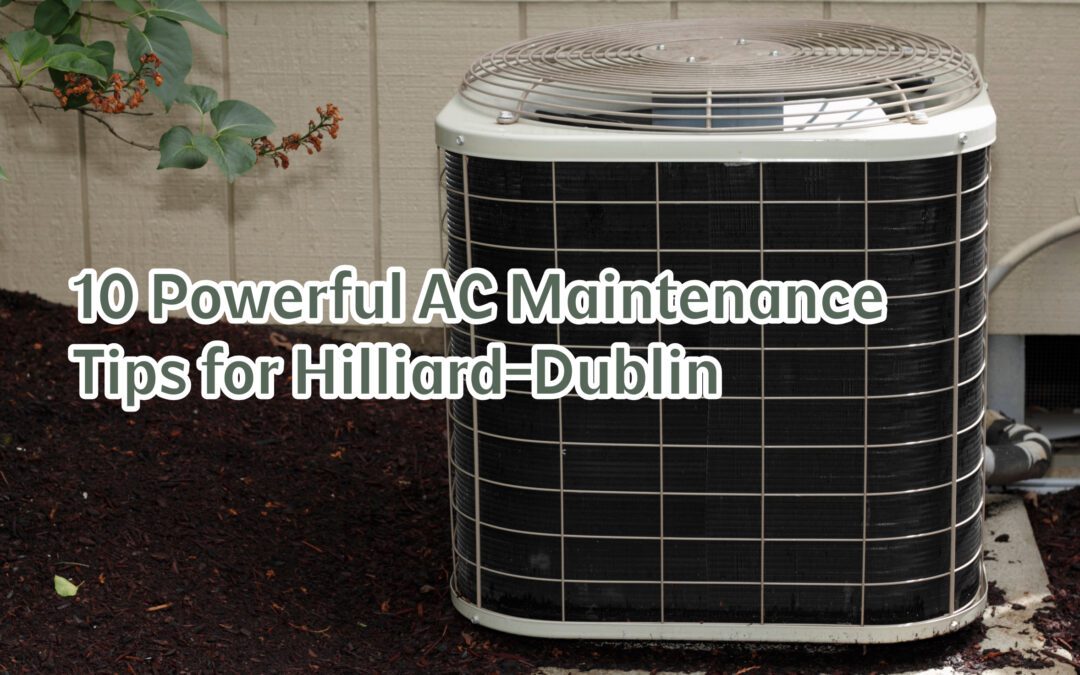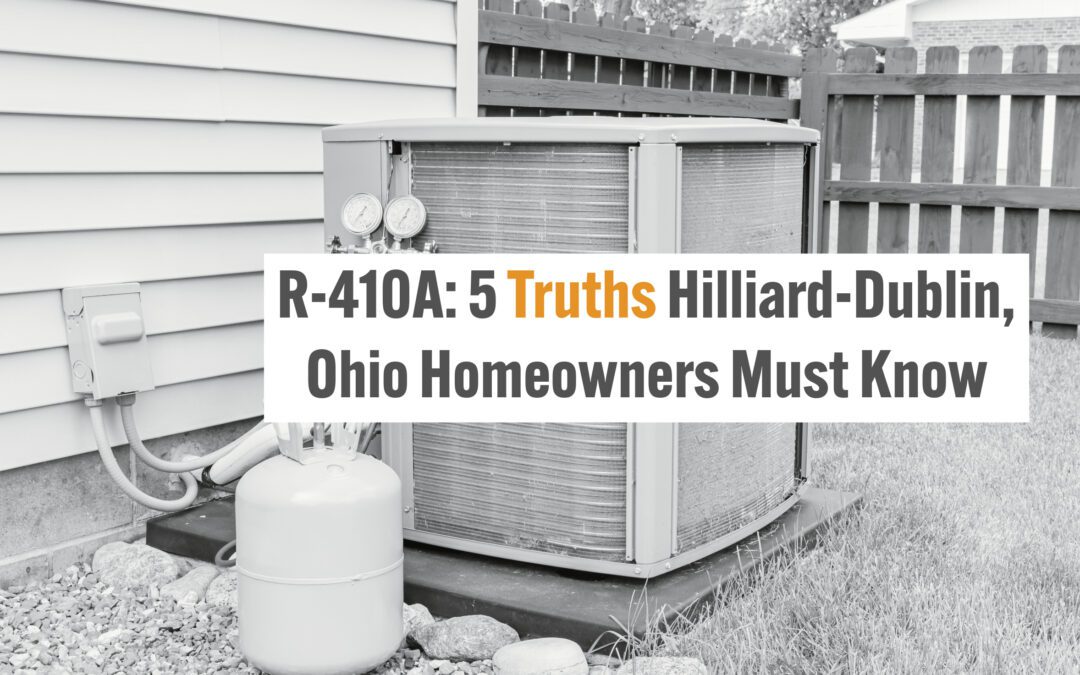If you have a high-efficiency air, top-of-the-line air conditioning unit, you’ve probably noticed how efficient it is and seen some savings on your energy bill. But are you familiar with the components that make up your AC and how they all function together? Even if you don’t specialize in the HVAC arena, we think it’s essential for homeowners to have a general understanding of how their AC systems work. We believe that when you properly prepare, you won’t be alarmed or overwhelmed if an undesirable issue arises. Of course, you can count on your Hilliard-Dublin Heating & Air experts to come running to your aid if you need us! But without further delay, let’s go over the seven crucial components of air conditioner function.
Thermostat
The most recognized air conditioning component among homeowners is the thermostat. They’re a part of your HVAC system and are used to control and operate all of the HVAC settings in your house. You can find them installed on a wall inside of your home.
Evaporator Coil
The evaporator coil is customarily placed in the air handler. The refrigerant your AC system uses is chilled right before it goes into the evaporator coil. This ensures that the refrigerant remains at a reduced temperature. As a result, the warm air from your home moves into your AC, which is distributed over the evaporator coil. In return, the evaporator coil then lowers the temperature down to cooler levels.
Air Filter
Before the cool air is distributed and circulated throughout your house, it travels through your AC system’s air filters so that any airborne contaminants or allergens are eliminated. This is a crucial step in the operation of the air conditioner as air quality can either positively or negatively affect the health and wellbeing of everyone within your household.
Blower Fan
The blower fan’s location is inside the air handler, and its function is to blow cold air over the evaporator coil to lower the temperature. After that is completed, cold air is blown into your home’s ductwork to circulate throughout your house.
Compressor
A compressor’s primary purpose is to do just what it sounds like – compress! It’s as straightforward as they come. When warm vapor arrives at the compressor, it is then compressed and transformed into liquid form. Because it is hot, it is then cooled down and once again expanded, eradicating any heat in the air.
Condenser Coil: The condenser coil’s job is to take that heat from the refrigerant and release it outdoors. This condenser coil is located inside of your unit located outside.
Expansion Valve
Now for, the expansion valve – it is located in between the condenser and evaporator. When the refrigerant changes to liquid form, it loses its ability to absorb heat. As a resolution, the purpose of the expansion valve is to expand the refrigerant within it so that it becomes a gas. This is accomplished by the refrigerant colliding with a drop of pressure in the valve. The now gaseous refrigerant is cooled down significantly and continues on its journey to the evaporator coils, where it once again repeats the entire air conditioning process all over.
That concludes our list of the seven components that make up your air conditioning system. Each piece in your air conditioning system has a distinct function so that everything may operate as intended. However, although each component has its own individual role, if one part were to fail, the entire system would not perform correctly. And remember, if you are experiencing any issues with your AC system, Hilliard-Dublin Heating & Air is just within a phone call’s reach! Contact us at (614) 490-7520, or schedule an appointment online now by clicking here!






